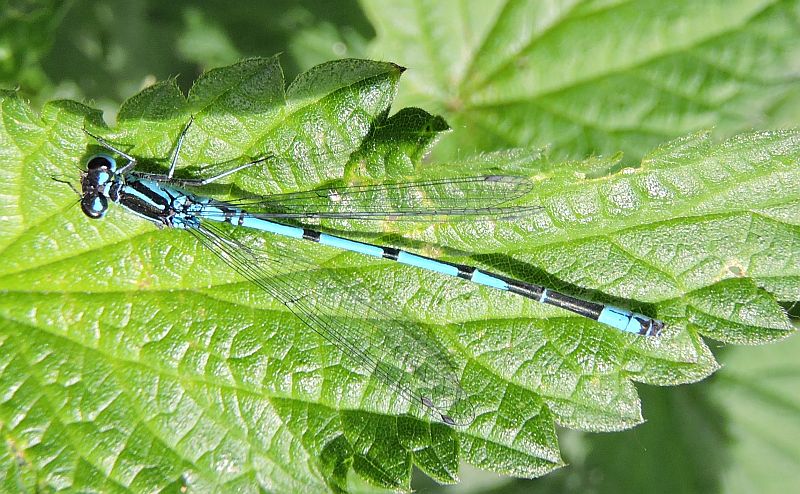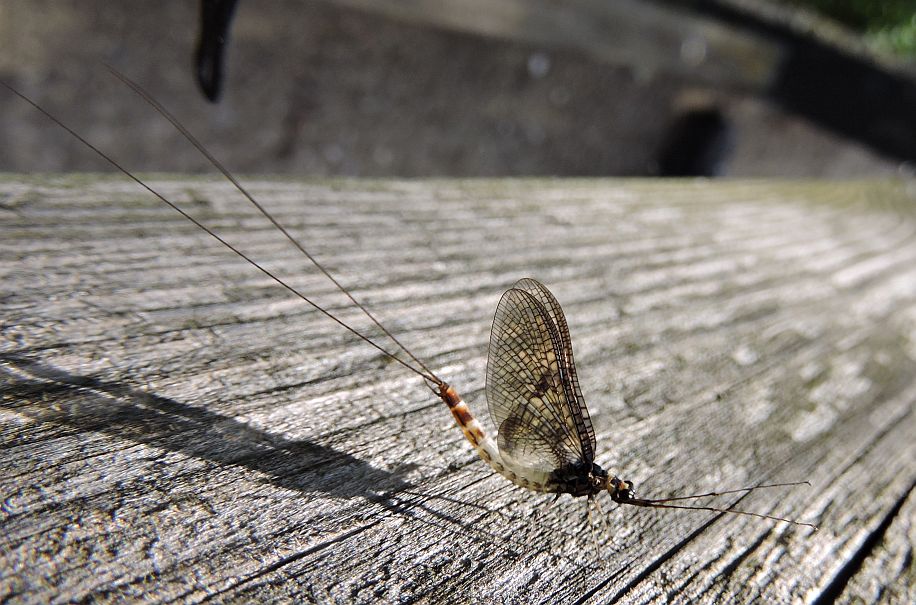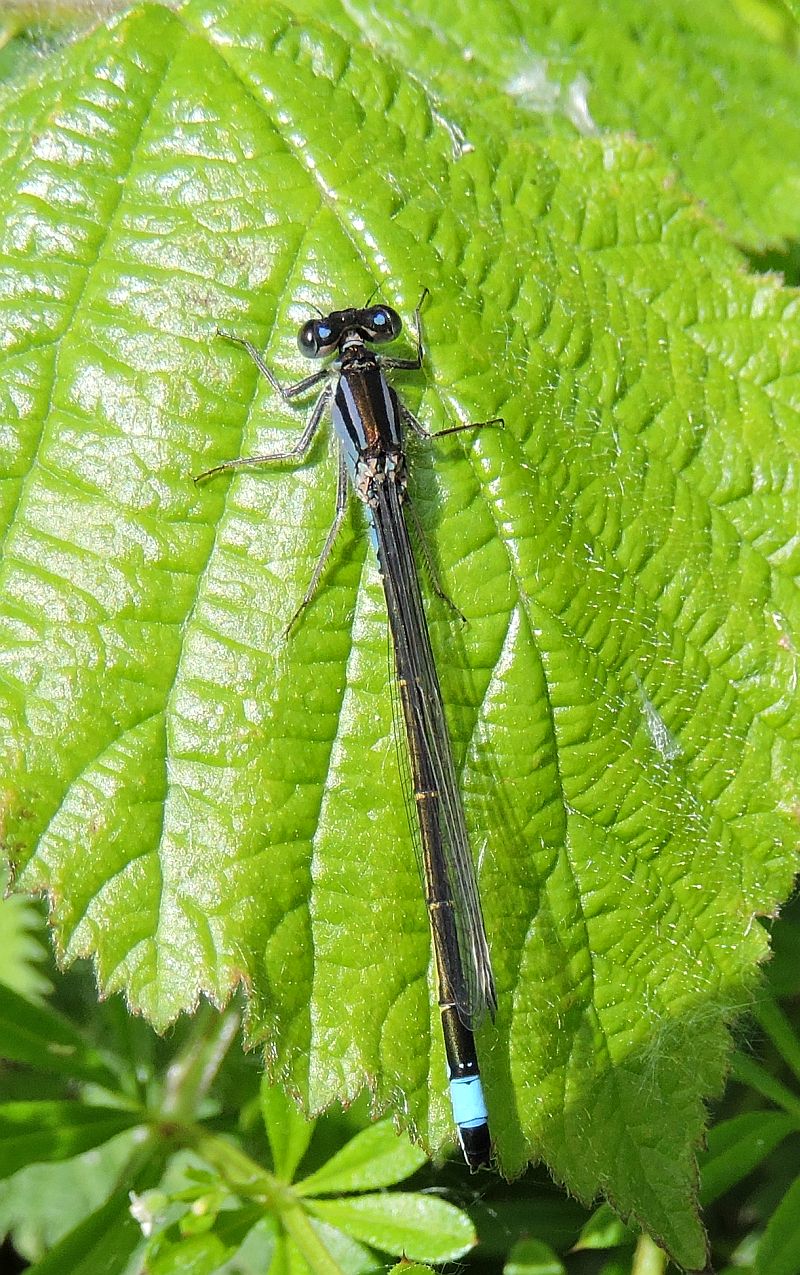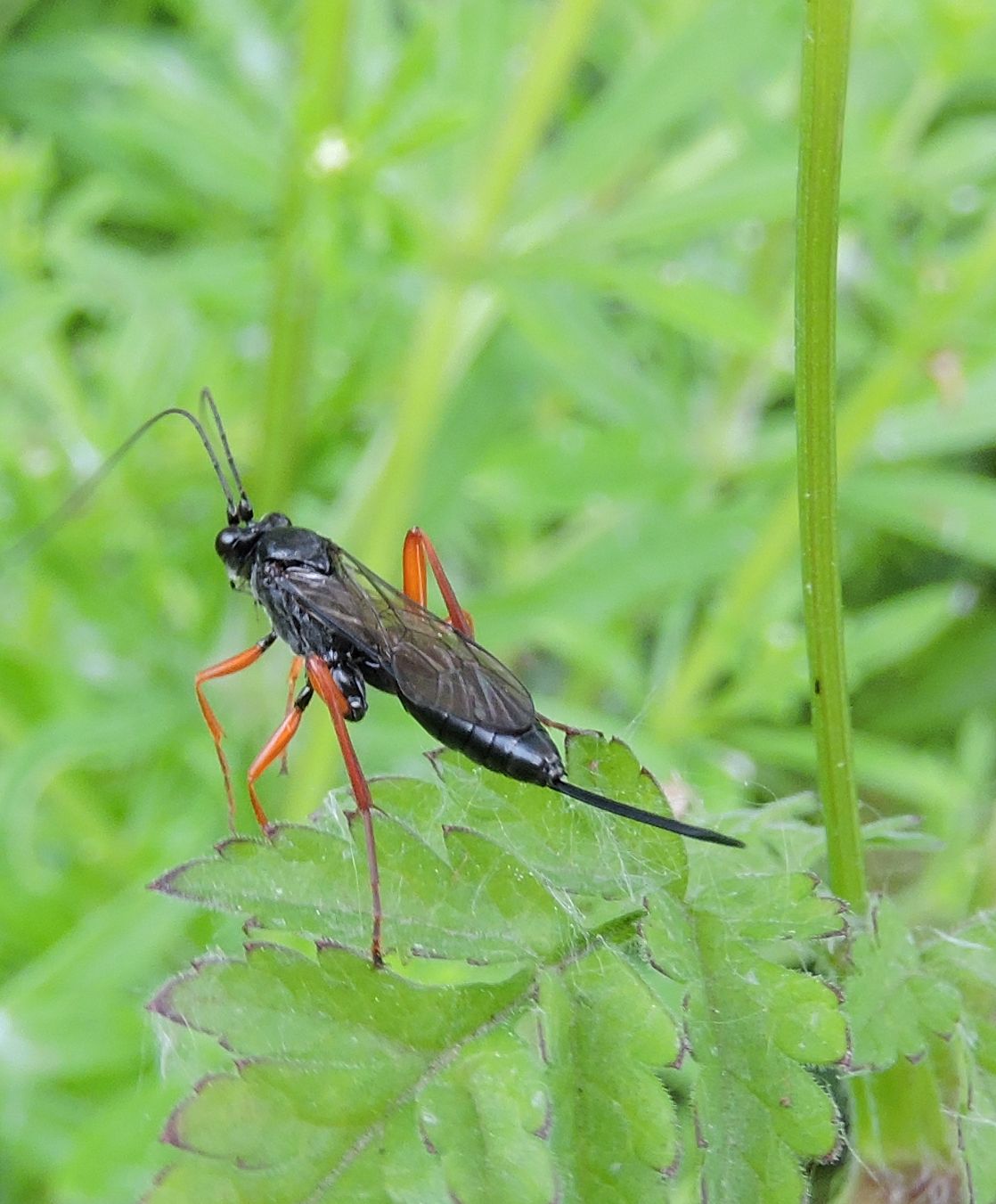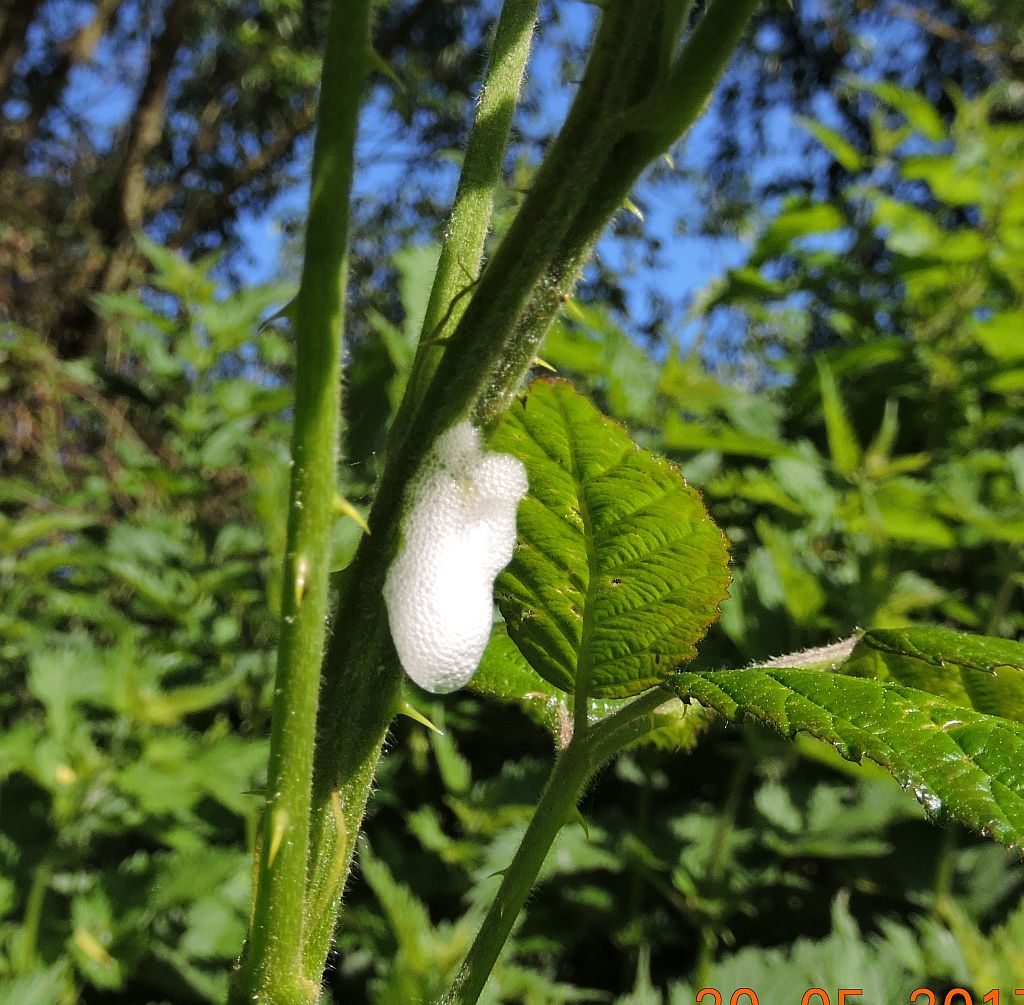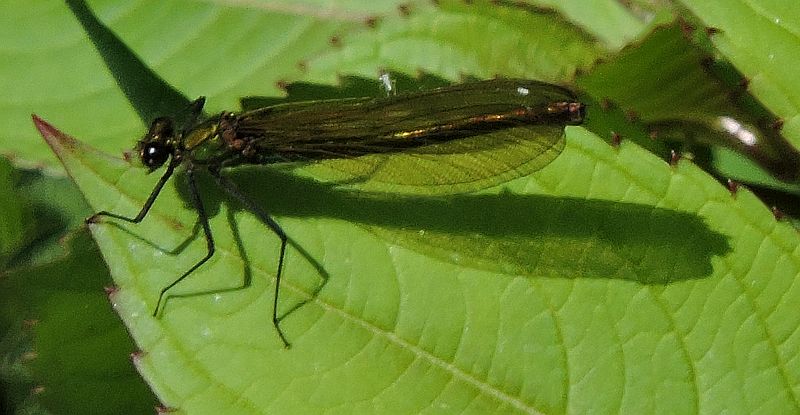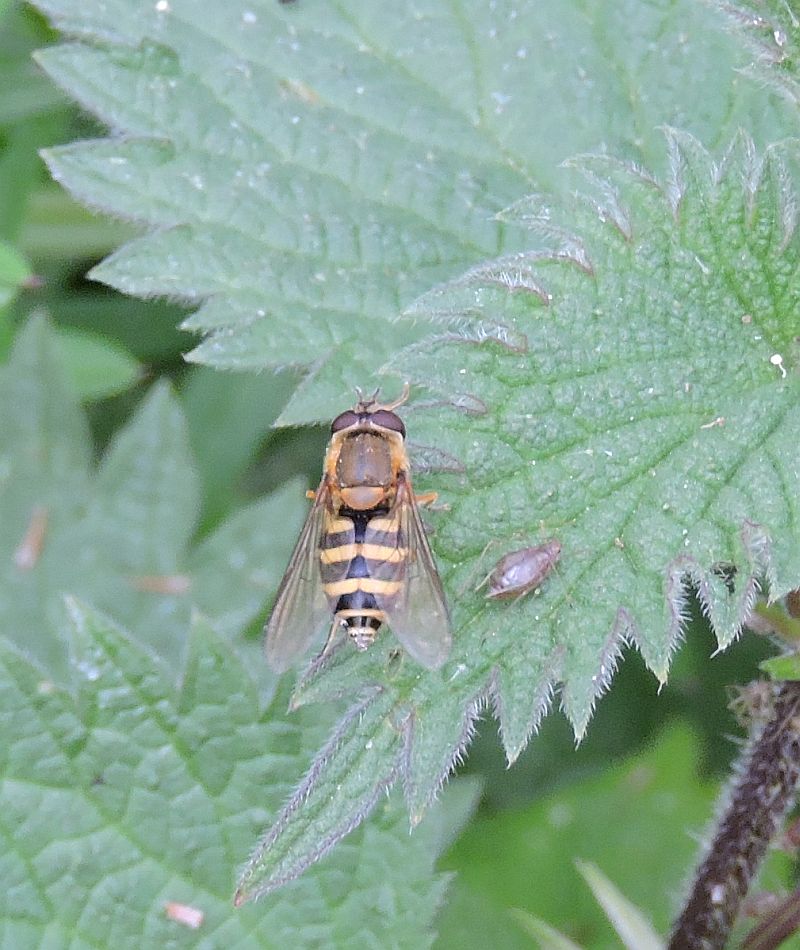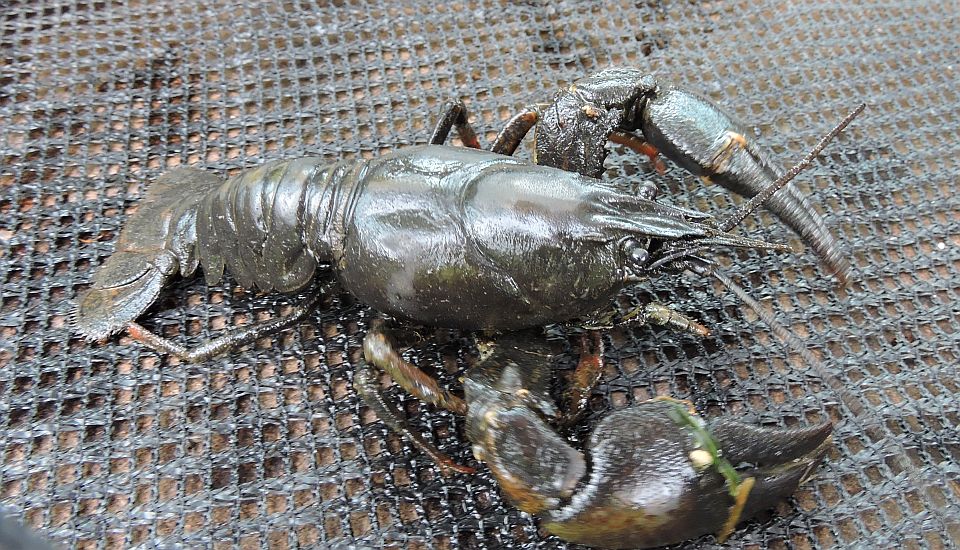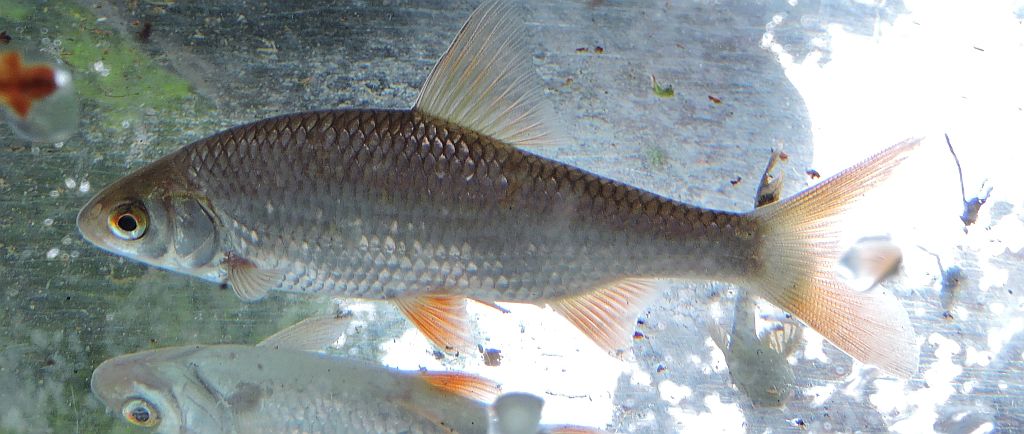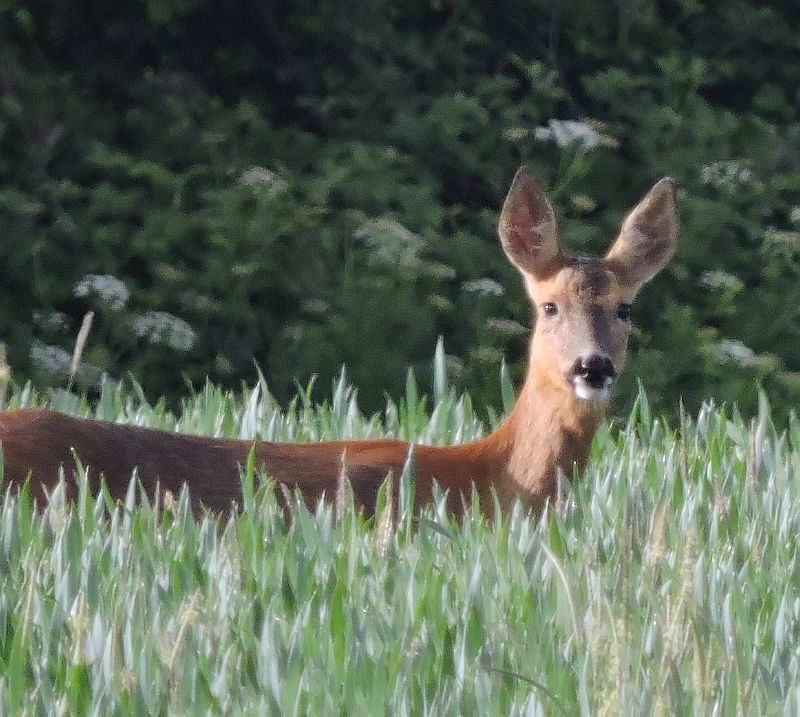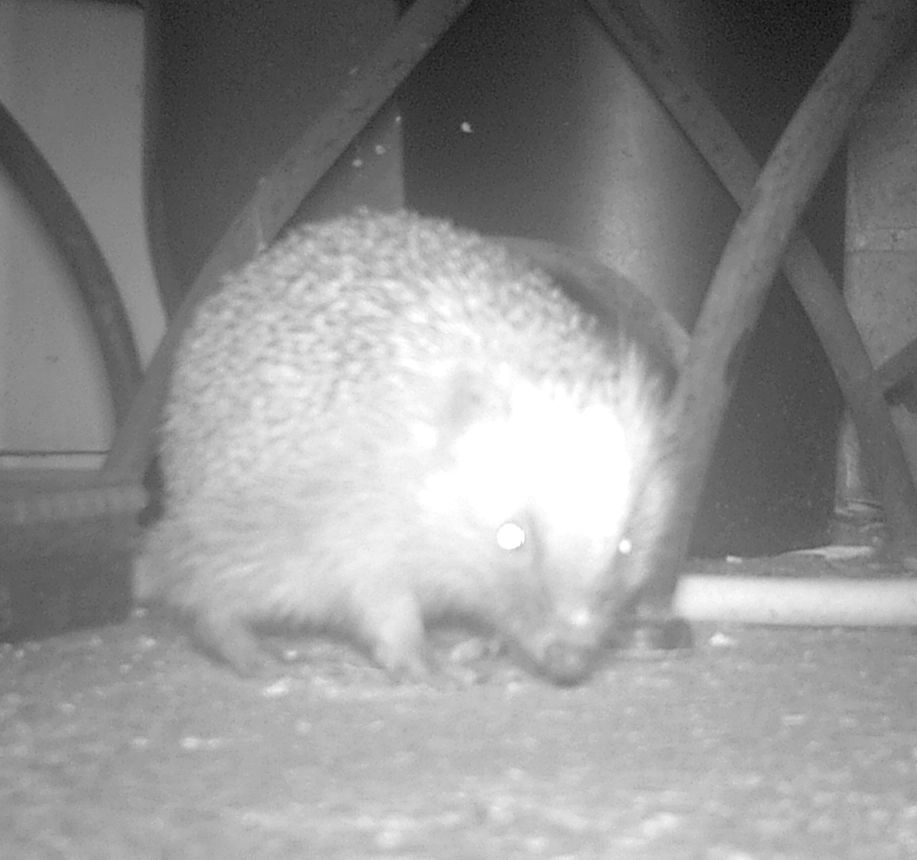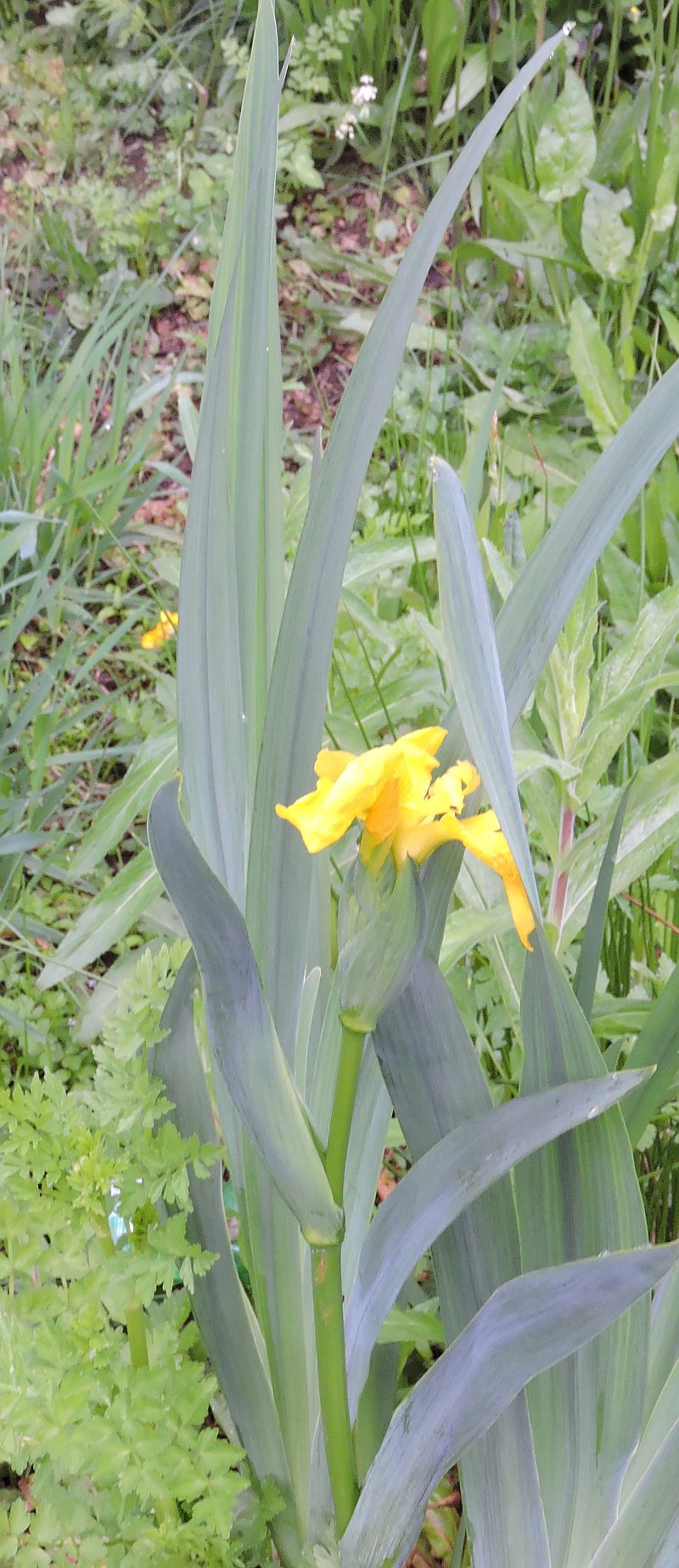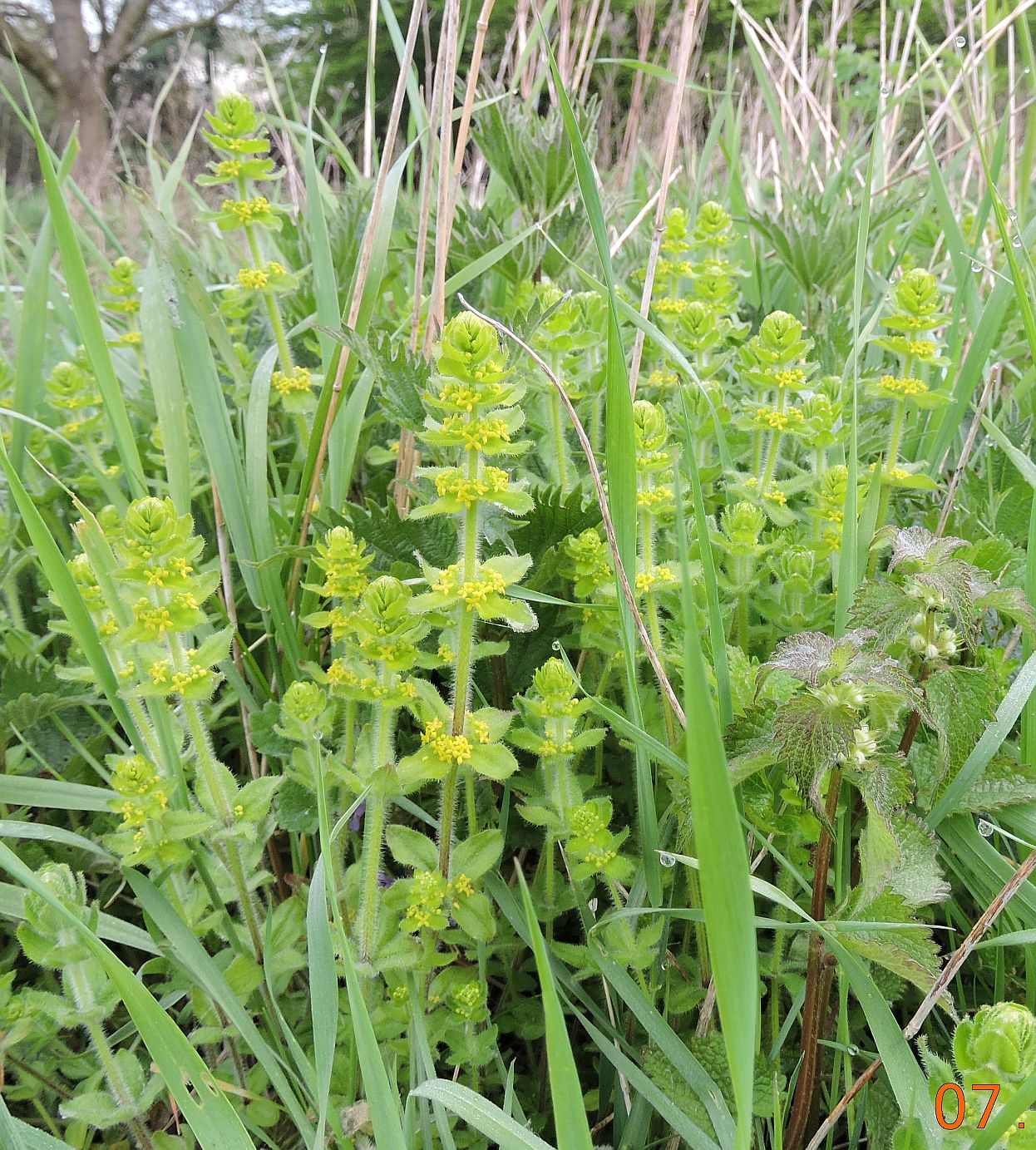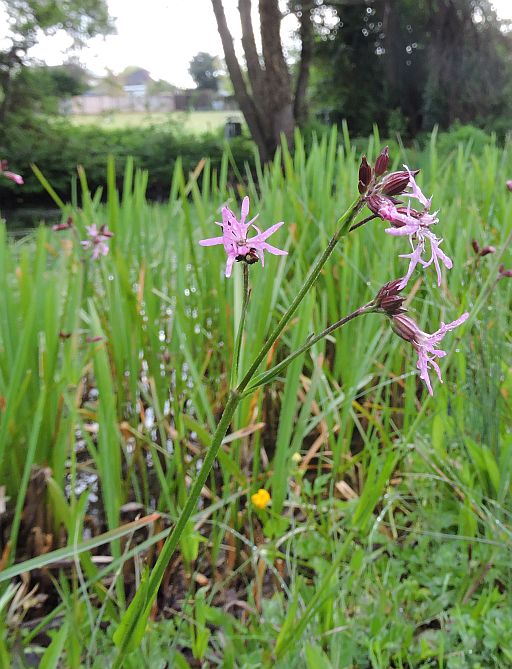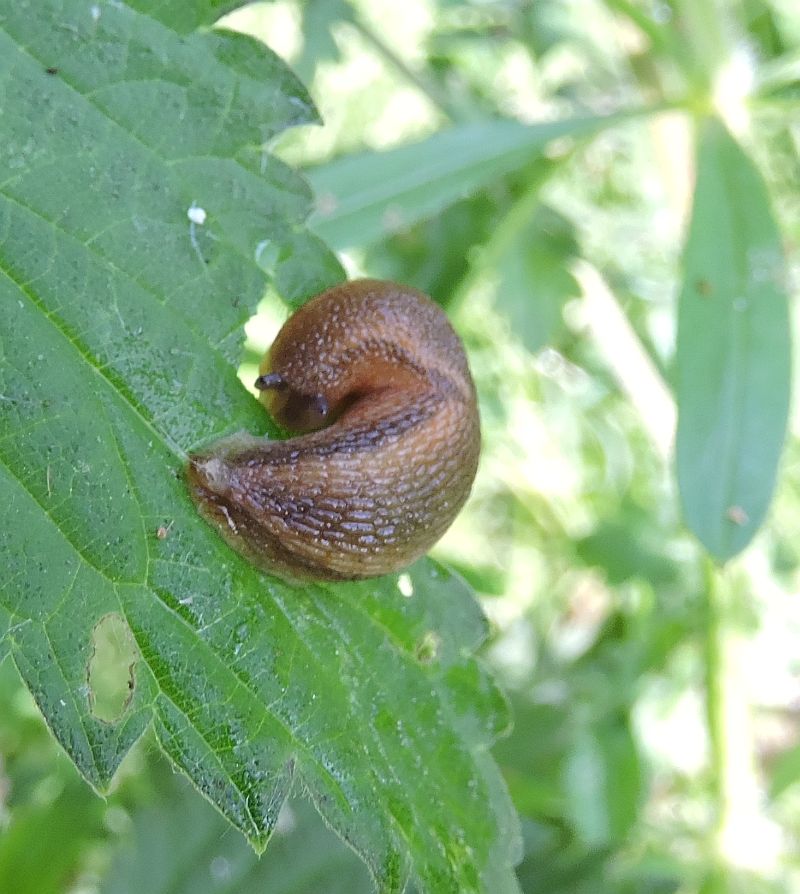Birds
29/05/17
A Little Egret flew over Area 8 this morning. In Area 10, 14 Egyptian Goose of varying ages were on the beach by the Dinton Activity Centre.In Area 4, Paul Bright Thomas had a House Martin, an adult and juvenileNuthatch and 12Swift over his house.
28/05/17
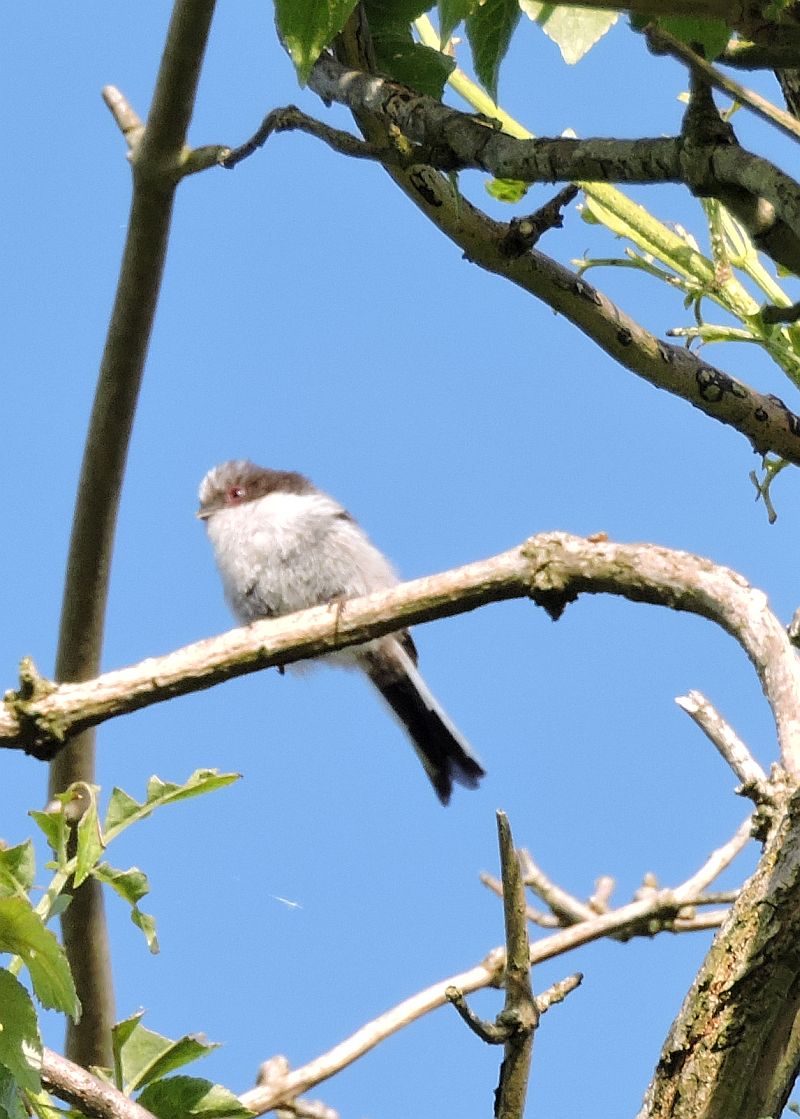 In Area 5 a juvenile Long tailed Tit alighted briefly on a riverside tree. You can tell its a juvenile by its caracteristic red eyering , just about noticeable in this dodgy photo. A pair or possibly 2 rival Grey Heron flew in opposite directions by the Emm in Area 5. In the afternoon at least 4Common Buzzard were spiralling in the thermals, A bit later in Area 2 by Ludgove School 3 House Martin were seen feeding under leaden skies.
In Area 5 a juvenile Long tailed Tit alighted briefly on a riverside tree. You can tell its a juvenile by its caracteristic red eyering , just about noticeable in this dodgy photo. A pair or possibly 2 rival Grey Heron flew in opposite directions by the Emm in Area 5. In the afternoon at least 4Common Buzzard were spiralling in the thermals, A bit later in Area 2 by Ludgove School 3 House Martin were seen feeding under leaden skies.
27/05/17
At my Area 5 garden feeders this morning an adult Starling was feeding its very vociferous offspring with mealworms .
26/05/17
I'm not sure whats happening with the Swift numbers, but they seem to have dropped back to a solitary bird .
22/05/17
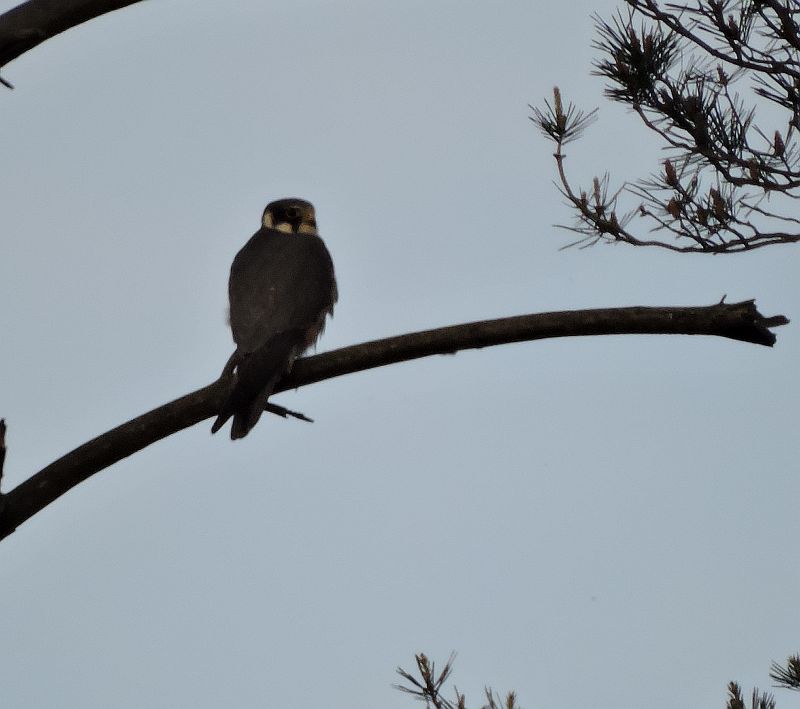 A late walk through Gorrick Woods(Area 1) did not produce any Nightjars, but a Hobby was calling from its perch before flying around the woods still calling at 21:05.
A Starling arrived at the bird feeders in my Area 5 garden with 2 very hungry and noisy juvenile's this morning. The juvenile Blackbird is still as wary as ever. A Nuthatch is also a regular visitor.In Area 4 Swift numbers have now increased to 7 .
A late walk through Gorrick Woods(Area 1) did not produce any Nightjars, but a Hobby was calling from its perch before flying around the woods still calling at 21:05.
A Starling arrived at the bird feeders in my Area 5 garden with 2 very hungry and noisy juvenile's this morning. The juvenile Blackbird is still as wary as ever. A Nuthatch is also a regular visitor.In Area 4 Swift numbers have now increased to 7 .
21/05/17
In Area 8 a Skylark and Ring necked Parakeet were seen by Paul O'Neill. Swift numbers hads increased by 100% with 2 seen over Area 4.
20/05/17
At my garden feeders today were juvenile Blackbird and Starling both learning the ropeson the feeders, with adults nearby watching on. Down by the river both Blackcap and Chiffchaff were singing. A Moorhen was calling on the river.
19/05/17
A Whitethroat was singing from the scrub in the new SANG between Old Forest Road and the M4 at 17:00 in Area 8 seen by Paul O'Neill.
18/05/17
At 00:40 in Area 5 I was woken by a pair of calling Tawny Owl , clearly yesterday was "to wet to woo".At my garden feeders the first juvenile Greenfinch of this breeding season appeared. The juvenile is a duller, streakier version of the female! Whilst being overall grey-brown in colour, the juvenile still shows the yellow wing edges. The underparts are extensively streaked.Flying through the rain in the afternoon a solitary Swift was feeding over my house. A couple of Jay were also seen around the garden feeders.
13/05/17
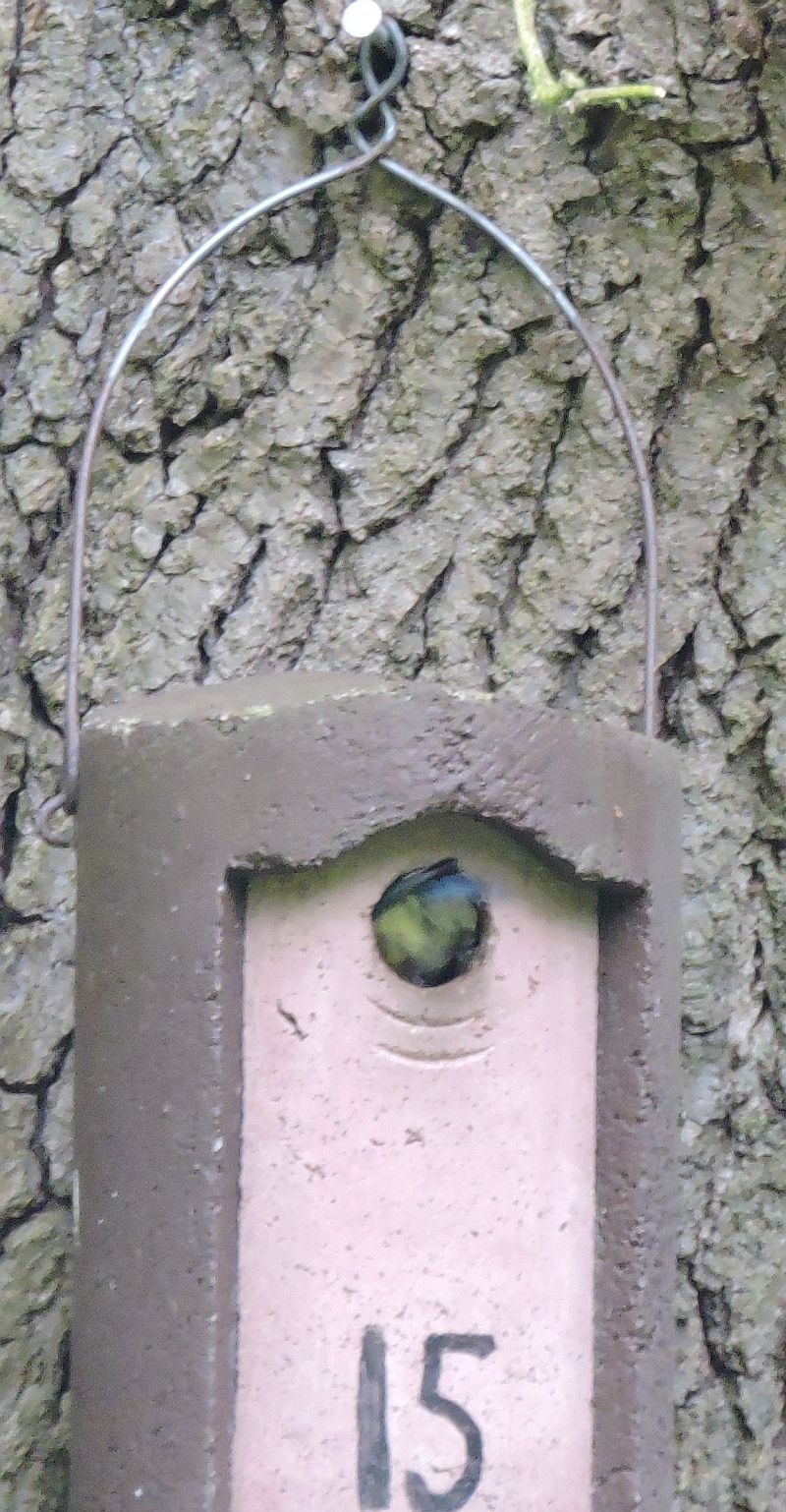 In Area 5 to the rear of Morrisons a pair of Blue Tit are frantically feeding young at nestbox 15. I had trouble even getting a rubbish picture. A Moorhen and Little Egret were on the river. A total of 20 species of birds were seen this morning.
In Area 5 to the rear of Morrisons a pair of Blue Tit are frantically feeding young at nestbox 15. I had trouble even getting a rubbish picture. A Moorhen and Little Egret were on the river. A total of 20 species of birds were seen this morning.
12/05/17
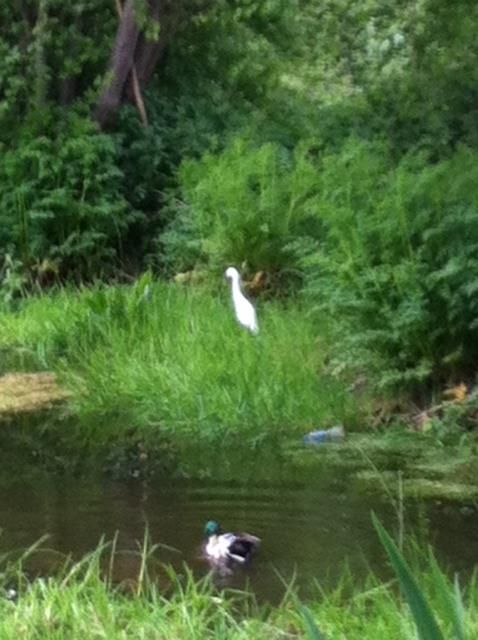 At 13.30 today in Area 5 Fran Stickler took this picture of a Little Egret on the pond.
At 13.30 today in Area 5 Fran Stickler took this picture of a Little Egret on the pond.
11/05/17
Regular at the garden feeders are Nuthatch and House Sparrow and again I assume that they both are feeding young nearby.
09/05/17
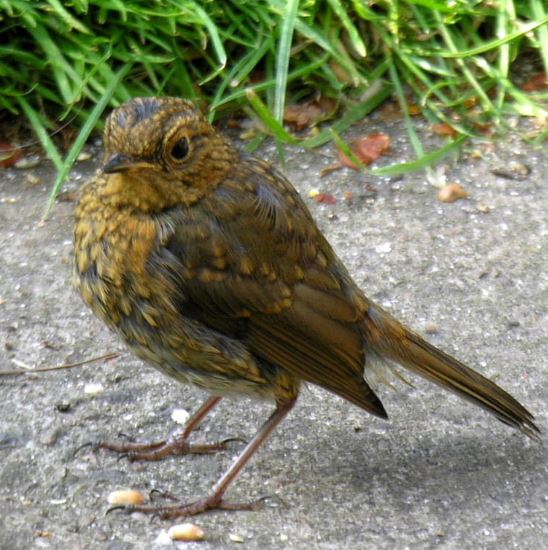 Another good breeding year I assume as in my Area 5 garden a juvenile Robin was frequenting my garden feeders.
Robins don't have a red breast in juvenile plumage - this helps protect them from territorial attacks from their own parents. The adult plumage gradually appears during the post-juvenile moult, which happens a couple of months after fledging.A Little Egret was also seen from my garden at 06:20.
Another good breeding year I assume as in my Area 5 garden a juvenile Robin was frequenting my garden feeders.
Robins don't have a red breast in juvenile plumage - this helps protect them from territorial attacks from their own parents. The adult plumage gradually appears during the post-juvenile moult, which happens a couple of months after fledging.A Little Egret was also seen from my garden at 06:20.
07/05/17
On the RSPB dawn Chorus walk this morning a Whitethroat was singing from bushes alongside the Emm in Area 10 near the Dinton Activity Centre, a Ring necked Parakeet was heard in the car park field and the Lesser Whitethroat was again in the car park field.
06/05/17
In Area 4 by Kingfisher Bridge a Grey Wagtail was disturbed from the Brook by the electro fishing and a Swift was seen over his garden by Paul Bright Thomas .
04/05/17
In Area 4 Paul Bright Thomas saw a Siskin and Swallow flying NW over his garden .
02/05/17
In the Area 10 car park field off Sandford Lane today a Lesser Whitethroat was singing heard by Fraser Cottington.
01/05/17
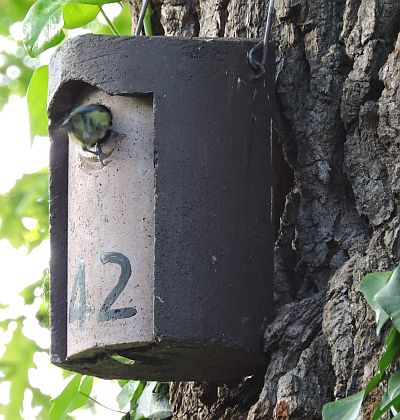 At nestbox 42 by the pond in Area 5 garden a pair of Blue Tit would appear to have taken up residence. Meanwhile in Area 4 a Kestrel flew over Paul Bright Thomas's garden to alight on a tree adjacent to the Emm. A Goldcrest was also heard singing from a riverside tree.
At nestbox 42 by the pond in Area 5 garden a pair of Blue Tit would appear to have taken up residence. Meanwhile in Area 4 a Kestrel flew over Paul Bright Thomas's garden to alight on a tree adjacent to the Emm. A Goldcrest was also heard singing from a riverside tree.
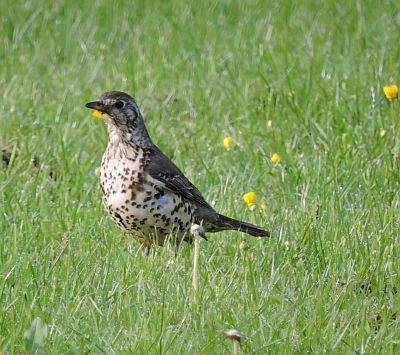 As the breeding season is now in full swing, the overnight rain softened up the ground and Mistle Thrush , Song Thrush and Blackbird were all seen pulling worms from the ground and flying back to their nests. A male Song Thrush was also singing for all it was worth on the dead tree in Area 5.
As the breeding season is now in full swing, the overnight rain softened up the ground and Mistle Thrush , Song Thrush and Blackbird were all seen pulling worms from the ground and flying back to their nests. A male Song Thrush was also singing for all it was worth on the dead tree in Area 5.
 Judging by the number of visits to my Area 5 garden feeders a
Judging by the number of visits to my Area 5 garden feeders a
,







